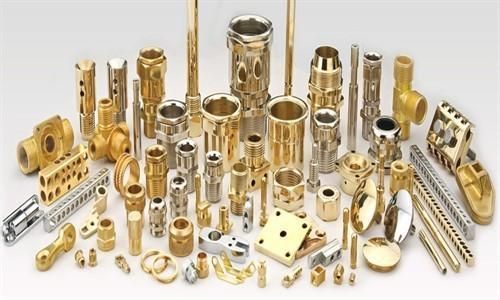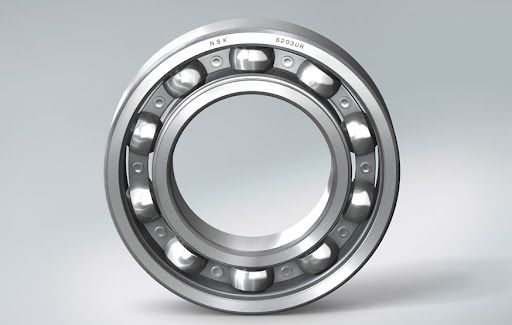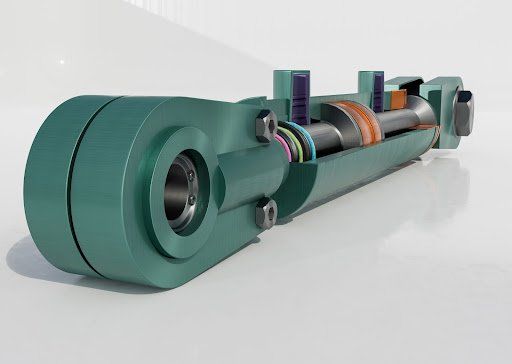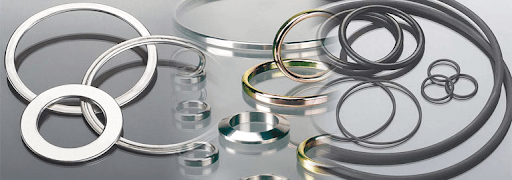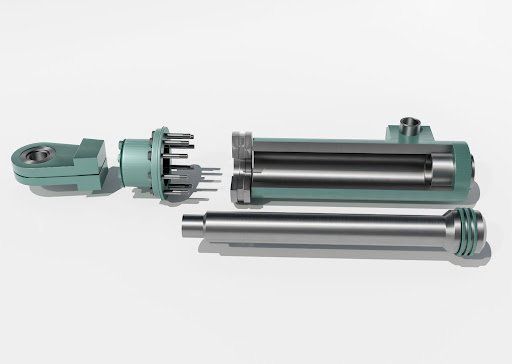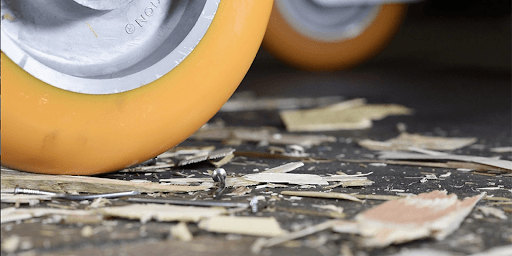What is the difference between a roller bearing and a ball bearing?
What is the difference between a roller bearing and a ball bearing?
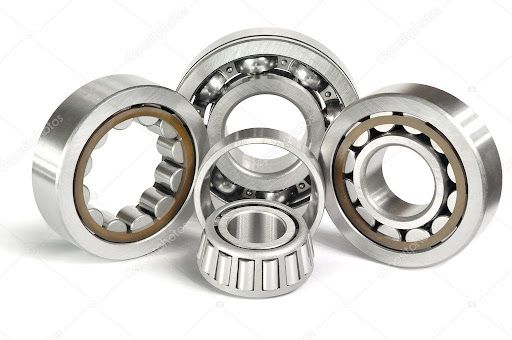
A roller bearing is a cylindrical device for a bushing or bearing block to move with little friction. A spherical component known as a ball bearing accomplishes the function of a roller bearing. A significant variance depends on the bearing's contact surface with the rail. Assuming a perfectly spherical bearing and no deformation, the contact surface for ball bearings is just one point. The quantity of character where the ball contacts the rail is constrained, even after deformation is considered. The balls now have a natural strength limit. On the other hand, roller bearings have a full line of contact. The system's stiffness, stability, and maximum load capacity are all significantly increased as a result. Here mentioned are the differences between a roller bearing and a ball bearing:
Why do you need bearings?
Power is transferred between two points via a shaft. A belt or any other component where you want to share power might be linked to one end of the shaft, which is connected to an electric motor. The shaft would be subject to various loads due to the movement, including axial and radial loads. The shaft might veer up and down, and there might be jerks as it moved. The load transfer is improper as a result of this vibration. You require continuously moving support, sometimes referred to as bearings, to tackle this problem.
Differences
The significant distinction between a ball bearing and a roller bearing is that it has a small point of contact with the load since it is made up of tiny spheres. The communication region between a load and a cylindrical-shaped roller bearing is in a line, better supporting the gear and spreading with it.
A bearing consists of three components bearing rings, rolling elements, and cages. Ball bearings are used when the rolling element is composed of spherical balls. They are typically discovered in small wheels and hard drives. The majority of these are standardized and sold in assemblies. These are often used at higher speeds and lighter weights.
Roller bearings produce a line contact with the rolling element instead of a ball bearing's point contact. They can endure larger loads and shocks than ball bearings. These are typically disassembled and then piecemeal replaced. These bearings respond more quickly to angular misalignment.
- Application:
When loading small items, ball bearings are helpful. These bearings frequently break or lose their precise shape when you increase the loads. When carrying heavy loads is necessary, roller bearings are appropriate. However, it is essential to remember that needle bearings and various roller alternatives are crucial in cases of space limitations.
- Maintenance cost:
Roller bearings must be adequately maintained for various industrial machinery or applications to operate correctly.
Partial words
Those mentioned above are the differences between roller and ball bearings. The bearing center is the best supplier of bearings. To choose a bearing, you only need to consider the following elements the lubricant, grade, shielding or sealing, and the necessary load requirement.

